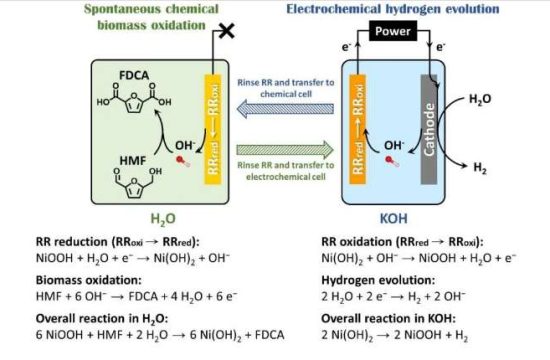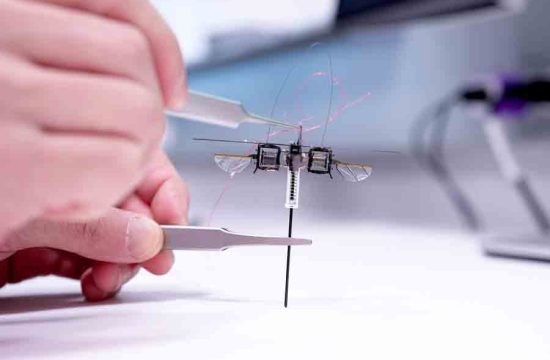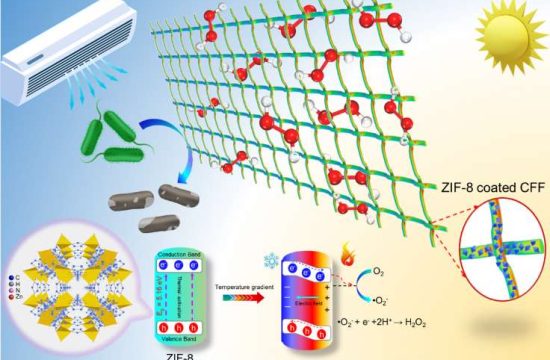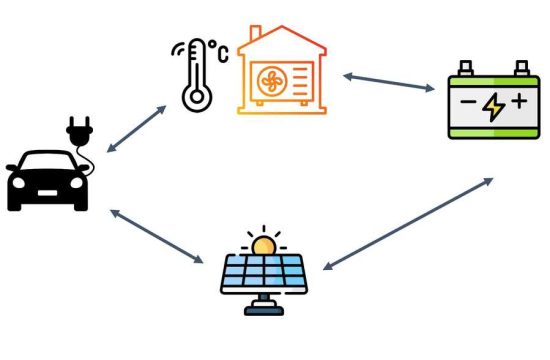 Plenty of kilowatts from no fuel. This dream ticket is a reality today from the rapid adoption of high power energy harvesting (HPEH). Energy harvesting converts ambient energy into electricity where it is needed, off-grid.
Plenty of kilowatts from no fuel. This dream ticket is a reality today from the rapid adoption of high power energy harvesting (HPEH). Energy harvesting converts ambient energy into electricity where it is needed, off-grid.
HPEH typically converts short energy bursts in vehicles and other moving things. Think regenerative braking and planned torque assist reversing alternators (TARA) in cars and consider the latest elevators returning a surge of electricity as they stop. The swinging of the arms of Komatsu construction vehicles creates electricity grabbed by large supercapacitors. HPEH lasting for hours or more is seen with stationary applications in the main. That can mean remote buildings and road signs having a wind turbine for bad weather and solar panels for good weather.
There is rapid progress in the application of HPEH and plenty of new technology is being prepared such 100kW magnetostrictive wave generators and thermoelectrics and energy harvesting shock absorbers in cars, buses and construction vehicles providing up to 1.5kW from each device. IDTechEx covers this large emerging market in its unique new report, ” High Power Energy Harvesting” : Of- Grid 10W-100KW 2016-2026 and it will be a major part of its “Energy harvesting and storage USA 2015” event November 18-19 in Santa Clara, CA.
The characteristics HPEH are almost always:
• Renewable energy.
• No pollution at point of use.
• Produces intermittent 10W to 100kW.
• Uses are mainly, but not exclusively, in electrical engineering from lighting to vehicle propulsion.
• Energy storage, such as batteries, supercapacitors or the new lithium-ion capacitors, is usually needed because intermittency of HPEH electricity supply rarely matches the intermittency of use.
• Intermittency of supply is usually less severe than that of the devices and vehicles powered: these often need only 1W to 10kW. Indeed, sometimes the harvesting is continuous as with wave or wind power in certain locations.
• Mostly long-life, fit-and-forget but some of the newer options such airborne wind energy (AWE) starting with relatively high maintenance.
Moving off the grid completely
Increasingly HPEH does the whole job. For example, there are now many boats, car-like vehicles and aircraft running on sunshine alone and never plugging in. Altaeros expects do the whole job for off-grid houses at about $0.18 per kilowatt-hour, about half the price of off-grid electricity in Alaska. Far-flung villages, military bases, mines, or disaster zones will use Altaeros’ Buoyant Airborne Turbine (BAT), an inflatable, helium-filled ring with a wind turbine suspended inside. It operates at 300 meters, where winds are stronger than on the ground. Its 30kW will power 12 homes. It can also lift communications equipment such as cellular transceivers or meteorological devices and other sensing equipment. It can be deployed in under 24 hours, because it does not require cranes or underground foundations. This form of HPEH is part of the $17 billion remote power and microgrid market. Currently, many off-grid sites rely on expensive diesel generators to provide some or all of their power needs.
There are many projects that are trying to develop integrated solutions to tackle this market, particularly microgrids that integrate many HPEH technologies. Meanwhile, the largest market for off-grid photovoltaics (PV) is remote houses in Africa. PV is an important component in houses that are not remote going off-grid as they become self-sufficient, truly the way of the future. Sometimes that means entirely DC systems, “back to the future”.








